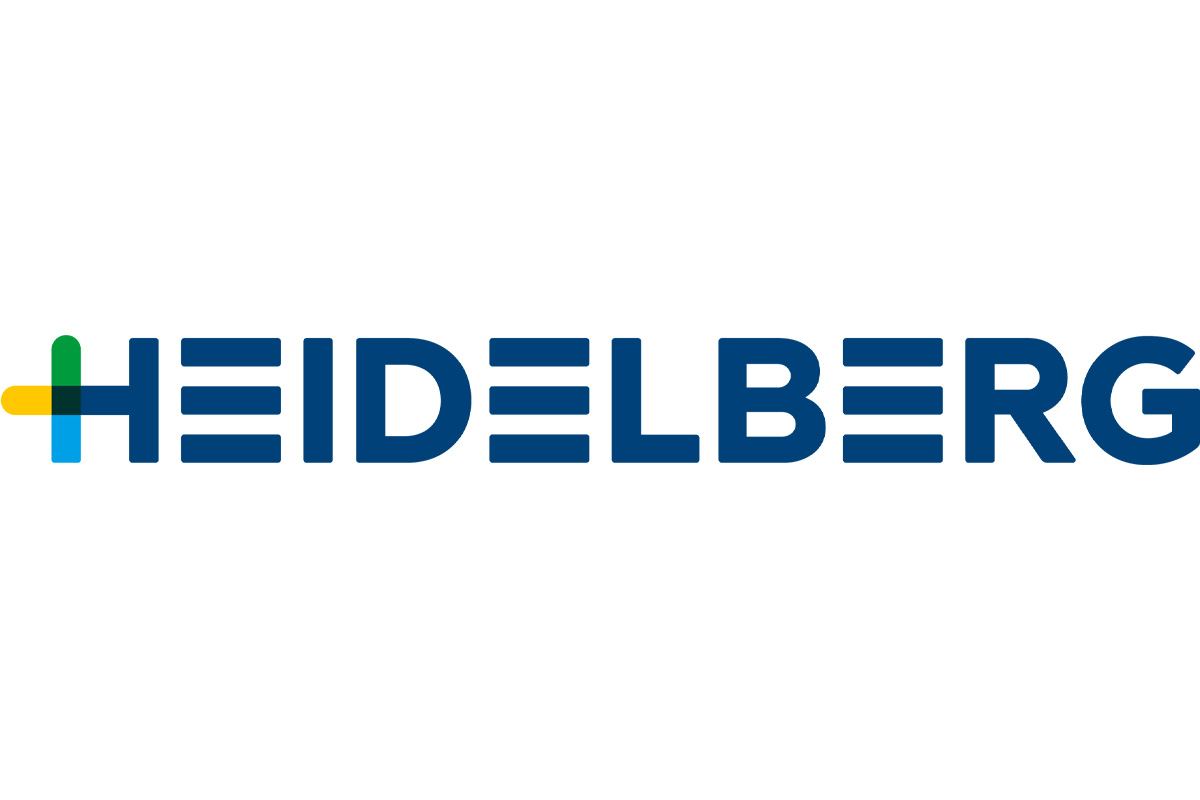This article contains paid-for content created in collaboration with Heidelberg.
Heidelberg has been helping its own customers make their production and business operations as climate neutral as possible. Harald Woerner, Product Manager Environment & Sustainability at Heidelberg, talks about strategy, measures, and successes.
For 30 years now, Heidelberg has been unrelenting in its pursuit of sustainability. What’s the reasoning behind this?
For many years now, Heidelberg has been demonstrably investing in sustainable production. We have also been equally determined to help print shops put sustainability into action. Wherever possible, we boost the energy efficiency of our products. We reduce paper waste, process emissions, and process waste. What’s more, we optimize the overall efficiency of entire systems by incorporating all production steps – from prepress and press to postpress.
How sustainable are the machines from Heidelberg?
Nowadays, all our machines for the prepress, press, and postpress stages are available in carbon-neutral designs. In this respect, we have a unique selling point on the market. Together with the independent Fraunhofer Institute for Environmental, Safety, and Energy Technology, we have developed a process that enables us to demonstrate the carbon neutrality of our machines.
Can efficiency and sustainability be formulated in more concrete terms?
Let’s take the 1997 Kyoto Protocol as an example. According to this treaty, industrial processes should be at least 20 percent more efficient in 2020 compared to 1990. If we now compare the top-of-the-range press from 1990, the Speedmaster CD 102-6+L, with today’s flagship packaging printing solution, the Speedmaster XL 106-6+L, we can see we have achieved more than double that – 41.7 percent exactly – by cutting the energy consumption per 1,000 sheets from 13.8 kWh to 8 kWh.
What would you recommend to packaging printers?
Three points are particularly important to me. Firstly, I recommend using FSC or PEFC certified cartons made from fresh fiber that contain a high proportion of recycled materials. After all, it’s the cartons that account for the biggest carbon footprint in packaging production.
Secondly, I’d like to point out that – contrary to what many printers believe – it is better for the environment and the printer’s wallet if printing presses run to maximum capacity and go into standby mode at the end of production. When the standby mode, a feature that’s actually only available in Heidelberg presses, is activated, energy consumption falls from 10 kW to 3 kW.
Thirdly, packaging printers – but not just them – should bear in mind that sustainable business practices not only strengthen their own company, but benefit all of humanity. Those who purchase a carbon-neutral packaging printing press from Heidelberg, for example, are supporting reforestation and education projects in countries such as Ethiopia. Overall, Heidelberg and its customers have so far planted around 240,000 trees and helped build a school.
www.uk.heidelberg.com +44 (0) 844 892 2010















